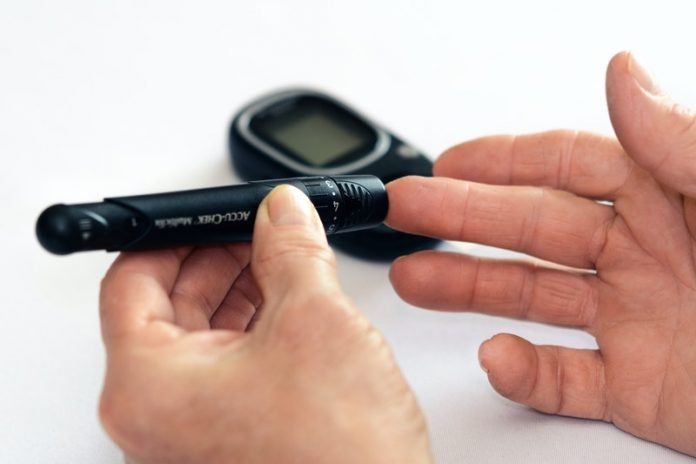
In a new review study, researchers found that COVID-19 works with bacteria to increase disease severity in obesity and diabetes.
The combined effects of the body’s microbiota working together with COVID-19 in the lungs could explain the severity of the disease in people with health conditions.
The findings offer important insights into why people with obesity and diabetes are at increased risk of developing severe acute respiratory syndrome (SARS) after infection with the COVID-19 virus and more often require hospitalization and ventilation.
The research was conducted by a team at the University of Texas Southwestern Medical Center.
There is rapidly emerging evidence highlighting obesity and type 2 diabetes as key risk factors linked to the severity of COVID-19 infections in all ethnic groups, but the detailed underlying connections with these risk factors remain largely unknown.
There is a paradox that people with obesity and diabetes are generally known to recover better from lung conditions than others.
So, what is it about COVID-19 that makes this group of people more susceptible?
In the study, the team reviewed the factors and disease pathways that connect obesity and diabetes to the severity of COVID-19 infection.
The mechanisms can be roughly divided into two groups: those connected with the ACE2 receptor, and those providing interaction between COVID-19 and pre-existing bacterial conditions.
ACE2 resides on the surface of many cells in the human body and is involved in regulating fluid volumes, blood pressure, and the function of blood vessels. It is also used by COVID-19 to enter human cells.
One theory is that increased amounts of ACE2 in people with obesity or diabetes makes it easier for the virus to enter cells and increases the viral load – an important factor in determining disease severity.
Alternatively, increased shedding of ACE2 in people with obesity causes it to move to the lungs, where the virus can use it.
Another factor known to be influential in the progression of lung diseases is our body’s microbiota. We carry more than 100 trillion bacteria in our body – outnumbering the number of our own cells.
People with obesity and diabetes are thought to suffer from body-wide dissemination of bacteria and the substances they produce, which in turn causes low-level continuous inflammation in different tissues.
The team considered how host bacteria might influence COVID-19 severity.
One potential culprit is the lipopolysaccharides (LPS) that bacteria produce, which have been shown to cooperate with other coronaviruses to induce SARS.
It is possible that these LPS molecules join forces with COVID-19 in humans and trigger a chain of events that causes healthy tissue to transform into scarred tissue – as COVID-19 does in the lungs.
The authors propose that a combined deficiency in ACE2 caused by COVID-19, together with obesity or diabetes, leads to impaired gut barrier function, allowing bacteria and their toxins to leak into the circulation.
In the lungs, these bacteria and toxins work with the virus to cause more severe lung injury than either would do alone.
The theory is supported by experiments showing that the combination of bacterial and viral infection can lead to a ‘cytokine storm’ – an extreme inflammatory reaction – which is a hallmark of COVID-19.
Moreover, the involvement of viral-bacterial interactions can also explain the increased risk of severe COVID-19 seen in older people, those with heart disease, and in some ethnic groups.
One author of the study is Philipp Scherer, Professor at the Department of Internal Medicine.
The study is published in eLife.
Copyright © 2020 Knowridge Science Report. All rights reserved.



